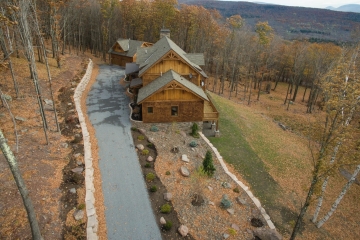
Building a Log Cabin Home: The Impact of Climate
- On October 18, 2024
Climate considerations play a pivotal role in every aspect of building a log cabin home. From selecting the right site orientation to choosing weather-resistant materials, understanding local climate patterns ensures longevity and reduces maintenance needs.
The Essential Floor Plans for Your Dream Log Home
Crafting the perfect floor plan is pivotal in transforming your vision into reality. These plans allow homeowners to visualize their ideal spaces and utilize custom log designs and small log cabin layouts that cater to individual needs.
Also consider floor plans with climate that help maximize energy efficiency and comfort. Incorporating passive solar designs or maximizing window placements can regulate indoor temperatures naturally throughout the seasons.
Navigating Log Home Kits and Prefab Solutions
Log home kits offer a streamlined approach to building, providing homeowners with pre-cut materials that simplify the construction process. These kits are designed to ensure every aspect of your cabin, from dovetail corners to gables, is built with precision. They also offer tailored solutions that include modifications for climate-specific challenges, such as reinforced roofing structures for heavy snow or water-resistant treatments for humid environments, ensuring your log home is durable and well-suited to its location.
Quality Materials: White Pine to Chinking
Choosing quality materials, such as white pine, ensures the durability of your log walls and overall structure. Proper chinking is essential for maintaining energy efficiency by preventing moisture ingress and preserving the integrity of the wooden house. Selecting resilient wood species that can withstand moisture and temperature variations is crucial. High-quality chinking prevents heat loss in colder climates, while kiln-dried logs minimize the risk of cracking and shrinkage, ensuring long-lasting stability.
Understanding Building Codes and Construction Process
Adhering to building codes is essential for safety and sustainability. The construction process involves careful planning with log home builders experienced in traditional notching techniques using hand tools or even chainsaws for precision work. It often includes climate-related stipulations ensuring that structures withstand local conditions like high winds or seismic activity, enhancing safety through enforced standards.
The Role of Climate in The Log Cabin Building Process
Climate significantly impacts the logistics of building a log cabin. From selecting appropriate decking materials to ensuring efficient joist and shingle installation, every element must be tailored to withstand local weather conditions.
Enhancing Craftsmanship: Woodworking Techniques
Exquisite craftsmanship is central to creating your dream home. Employing advanced woodworking techniques ensures sturdy log house structures with captivating aesthetics, whether incorporating classic A-frame designs or modern square feet configurations.
In addition, leveraging climate-adapted woodworking techniques optimizes durability. From traditional methods adjusted for seasonal expansions to modern
technologies combating environmental wear, craftsmanship remains vital under varying climates.
Going Green: Embracing Off Grid Log Cabin Living
Designing off grid log cabins with renewable energy systems suitable for the local climate—such as solar panels in sunny areas or wind turbines where applicable—promotes sustainability and self-reliance.
Building a log cabin home presents unique challenges and opportunities shaped by climate influences. Melding tradition with forward-thinking strategies, log cabin builders ensure these homes are not only beautiful but also robust enough to thrive amid environmental dynamics. Call Natural Element Homes at 800-970-2224 to start your journey towards constructing a climate-resilient log home tailored perfectly for your location’s demands.

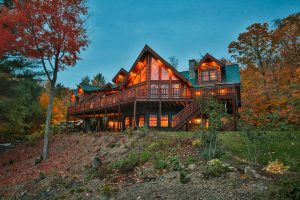
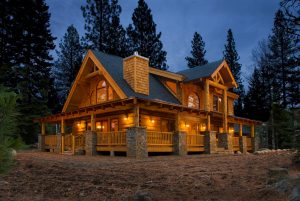
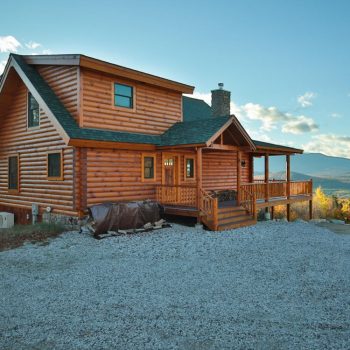
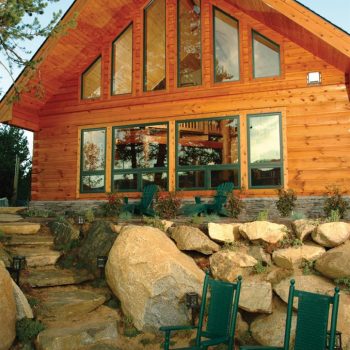
0 Comments